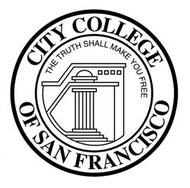88 Open Essays: A Reader for Students of Composition & Rhetoric
(View Complete Item Description)PLEASE NOTE: Some K-12 sites block access to Google Docs where this file resides. If you are unable to access it, it is also available at https://human.libretexts.org/Bookshelves/Literature_and_Literacy/Book%3A_88_Open_Essays_-_A_Reader_for_Students_of_Composition_and_Rhetoric_(Wangler_and_Ulrich) This book is a free and open resource for composition instructors and students, full of essays that could supplement OER rhetoric and writing texts that lack readings. All of the essays in this reader are versatile rhetorically and thematically. It is arranged alphabetically by author name. Each essay has a series of hashtags that apply to the essay in some way. You can search for essays thematically for topics like education, the environment, politics, or health. You can also search for essays based on composition concepts like analysis, synthesis, and research. You can search for essays that are based on shared values, essays that rely heavily on ethos, logos, or pathos, essays that are very kairos-dependent, and essays that are scholarly. This collection was created in Google Docs so that it is easily adapted and edited.
Material Type: Reading, Textbook



















